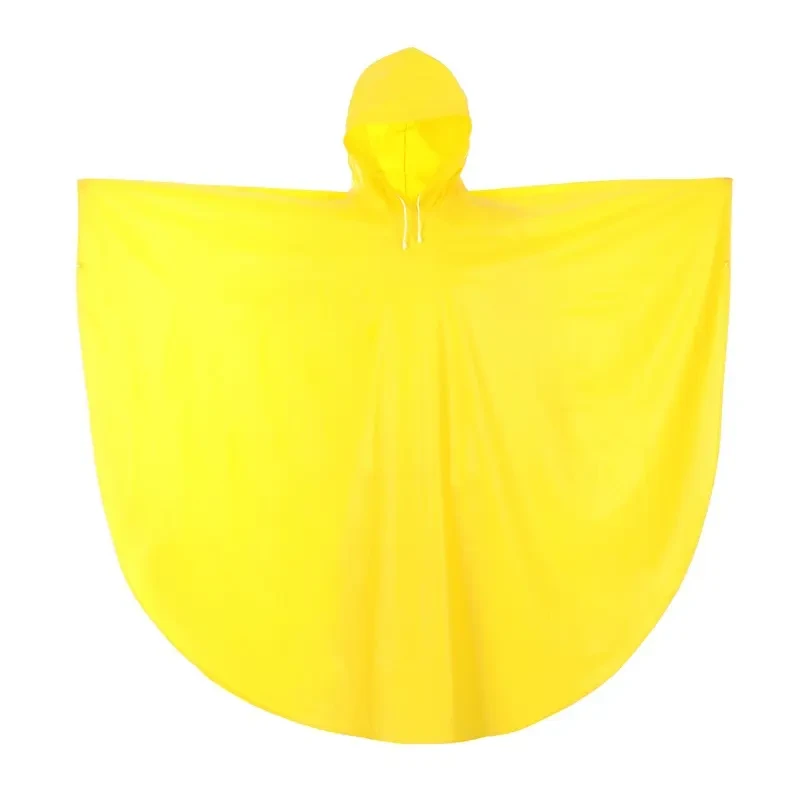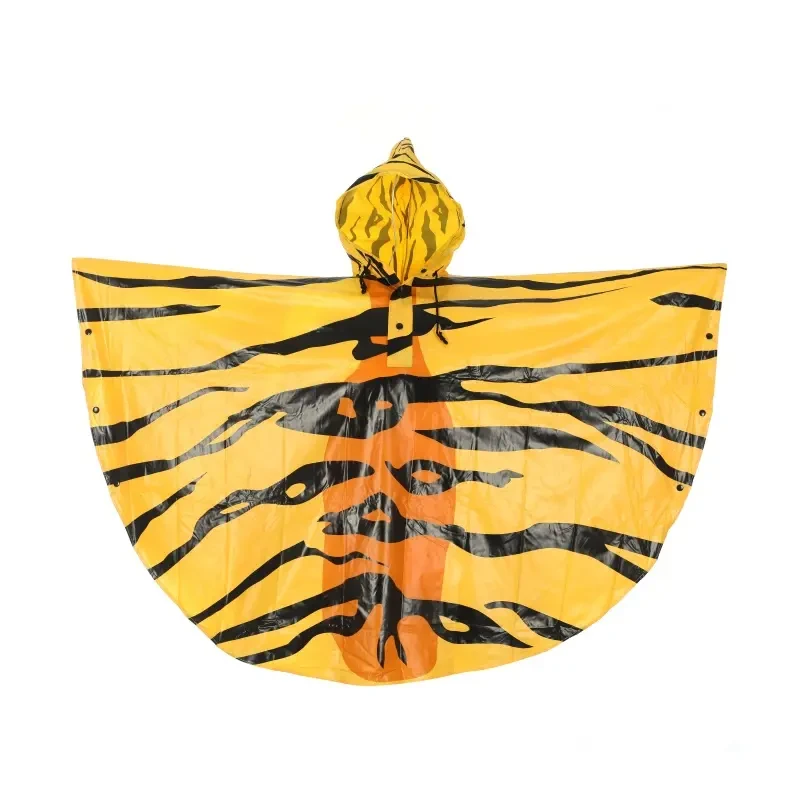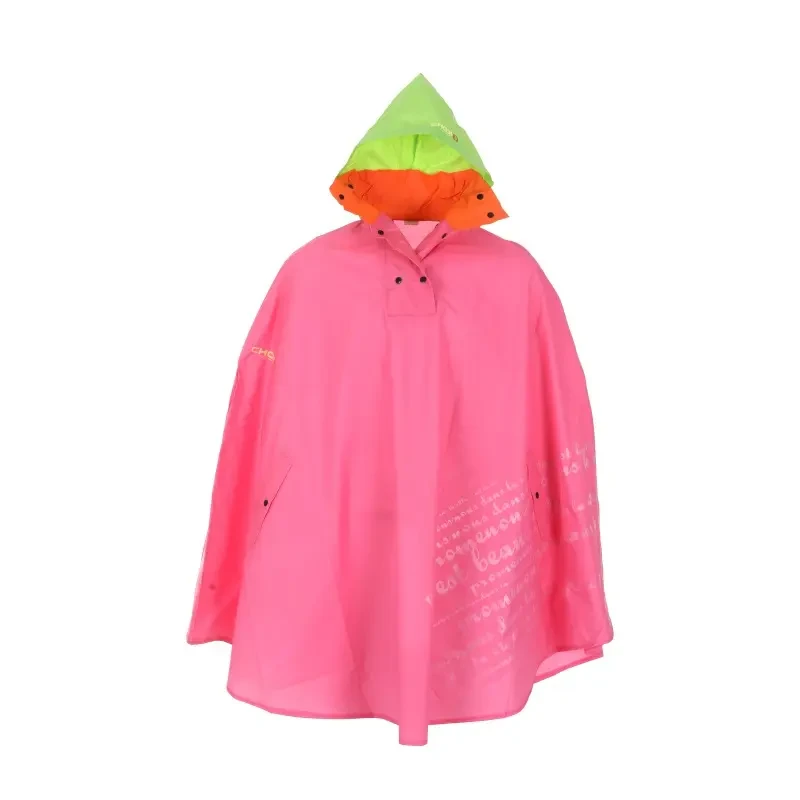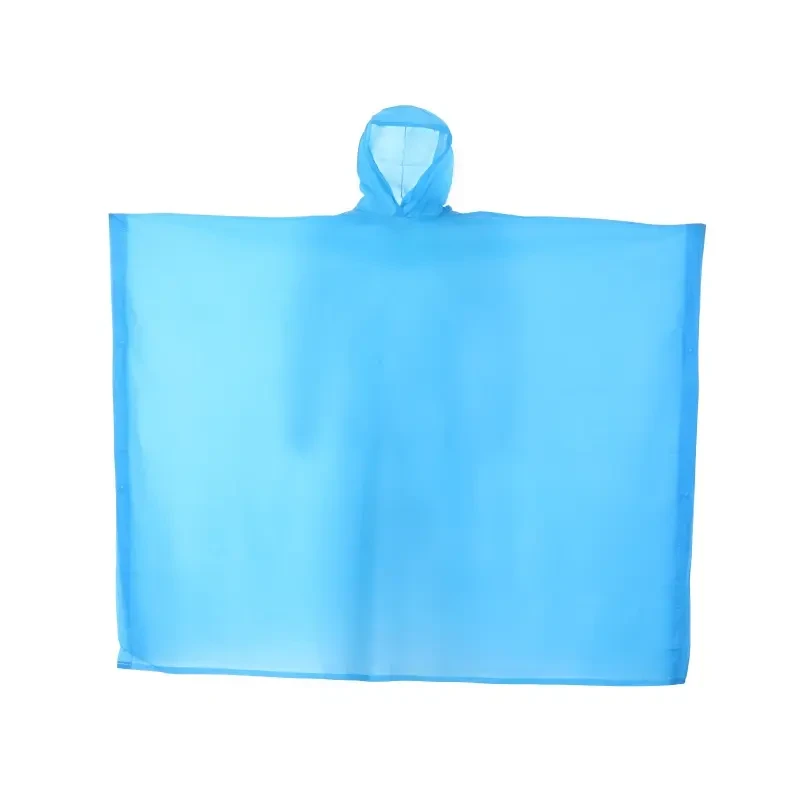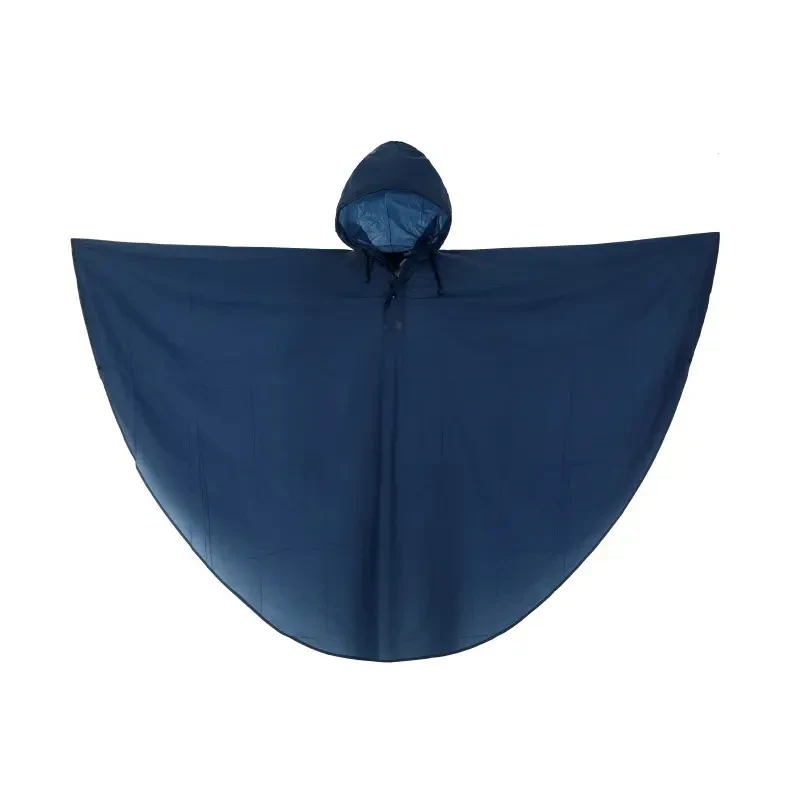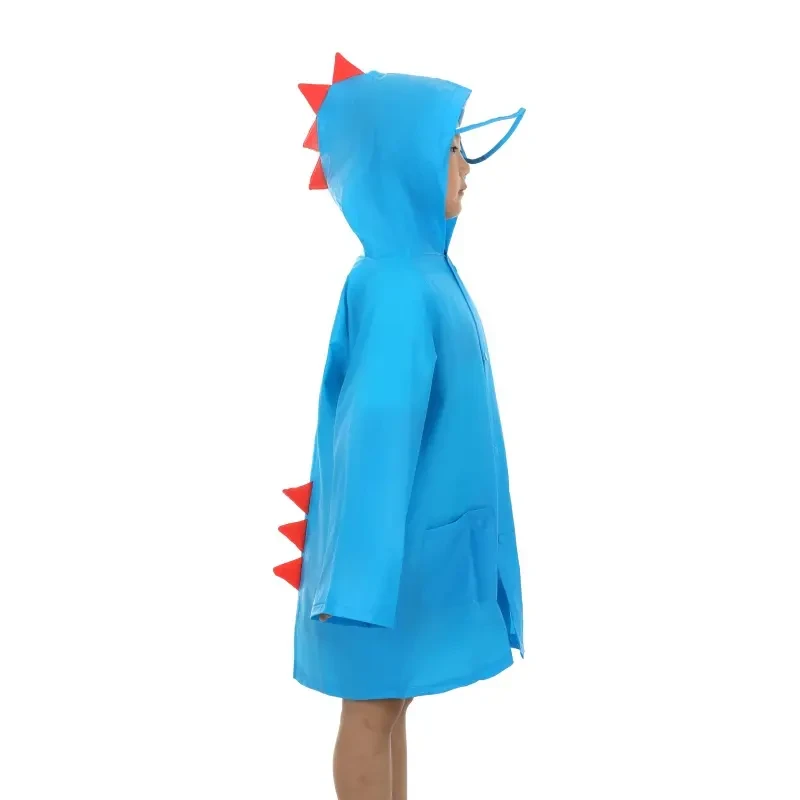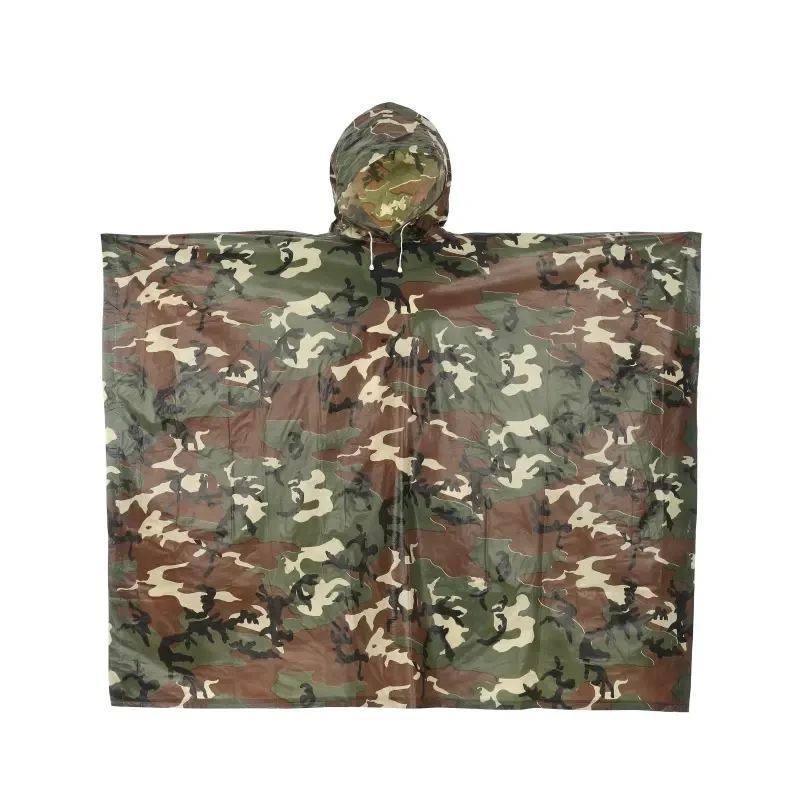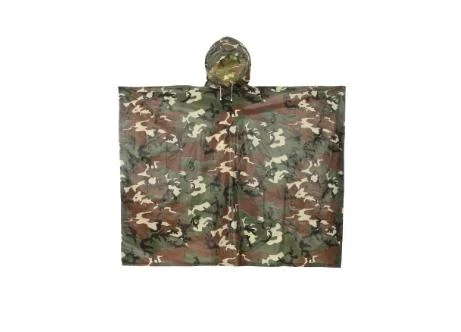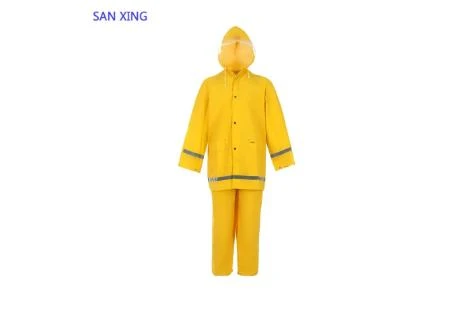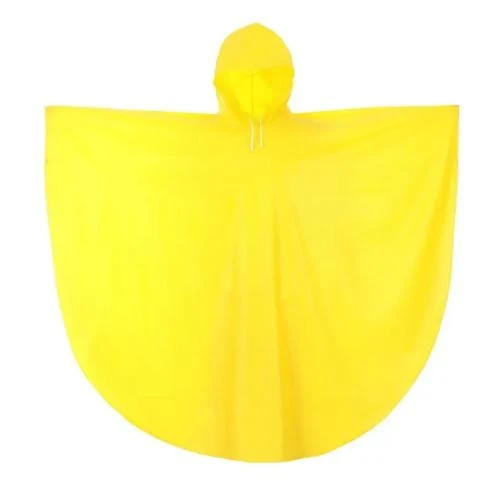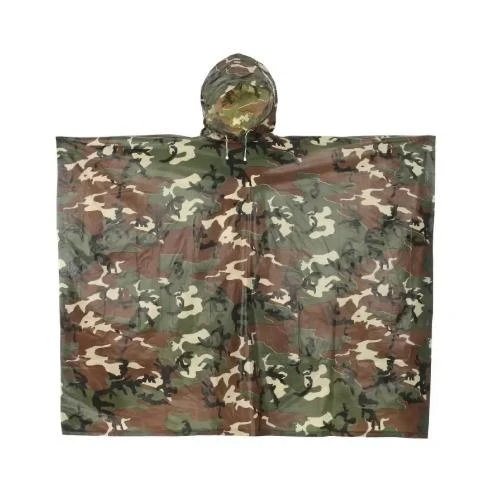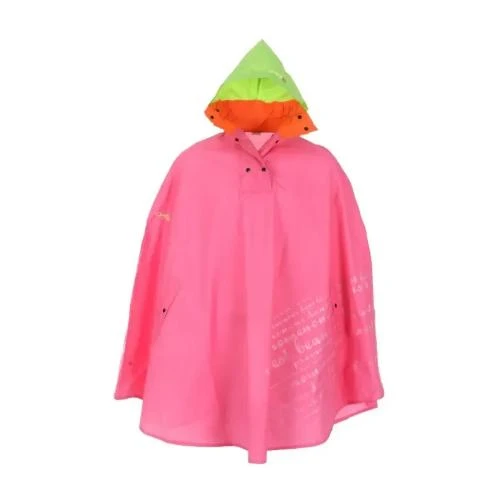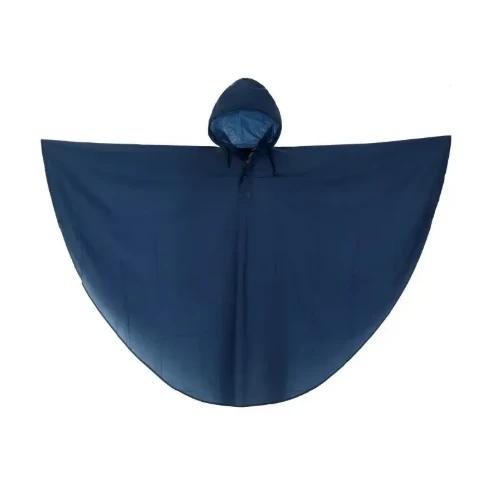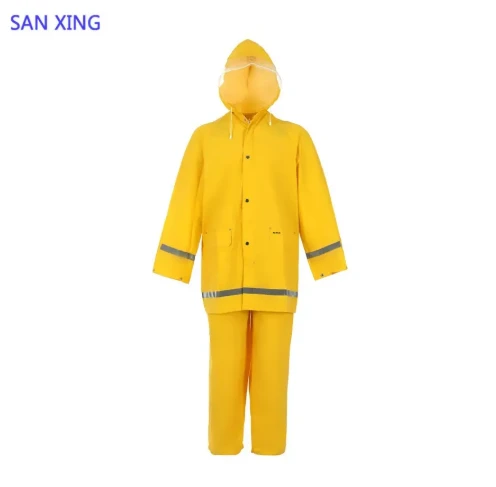
- Afrikaans
- Albanian
- Amharic
- Arabic
- Armenian
- Azerbaijani
- Basque
- Belarusian
- Bengali
- Bosnian
- Bulgarian
- Catalan
- Cebuano
- Corsican
- Croatian
- Czech
- Danish
- Dutch
- English
- Esperanto
- Estonian
- Finnish
- French
- Frisian
- Galician
- Georgian
- German
- Greek
- Gujarati
- Haitian Creole
- hausa
- hawaiian
- Hebrew
- Hindi
- Miao
- Hungarian
- Icelandic
- igbo
- Indonesian
- irish
- Italian
- Japanese
- Javanese
- Kannada
- kazakh
- Khmer
- Rwandese
- Korean
- Kurdish
- Kyrgyz
- Lao
- Latin
- Latvian
- Lithuanian
- Luxembourgish
- Macedonian
- Malgashi
- Malay
- Malayalam
- Maltese
- Maori
- Marathi
- Mongolian
- Myanmar
- Nepali
- Norwegian
- Norwegian
- Occitan
- Pashto
- Persian
- Polish
- Portuguese
- Punjabi
- Romanian
- Russian
- Samoan
- Scottish Gaelic
- Serbian
- Sesotho
- Shona
- Sindhi
- Sinhala
- Slovak
- Slovenian
- Somali
- Spanish
- Sundanese
- Swahili
- Swedish
- Tagalog
- Tajik
- Tamil
- Tatar
- Telugu
- Thai
- Turkish
- Turkmen
- Ukrainian
- Urdu
- Uighur
- Uzbek
- Vietnamese
- Welsh
- Bantu
- Yiddish
- Yoruba
iun. . 01, 2025 08:37
- The growing market demand for weather-resistant outerwear
- Technical innovations in modern raincoat manufacturing
- Comparative analysis of leading heavy raincoat
brands - Custom solutions for professional and industrial applications
- Real-world performance in extreme weather scenarios
- Selection guidance for different occupational needs
- Long-term value considerations for durable rain protection
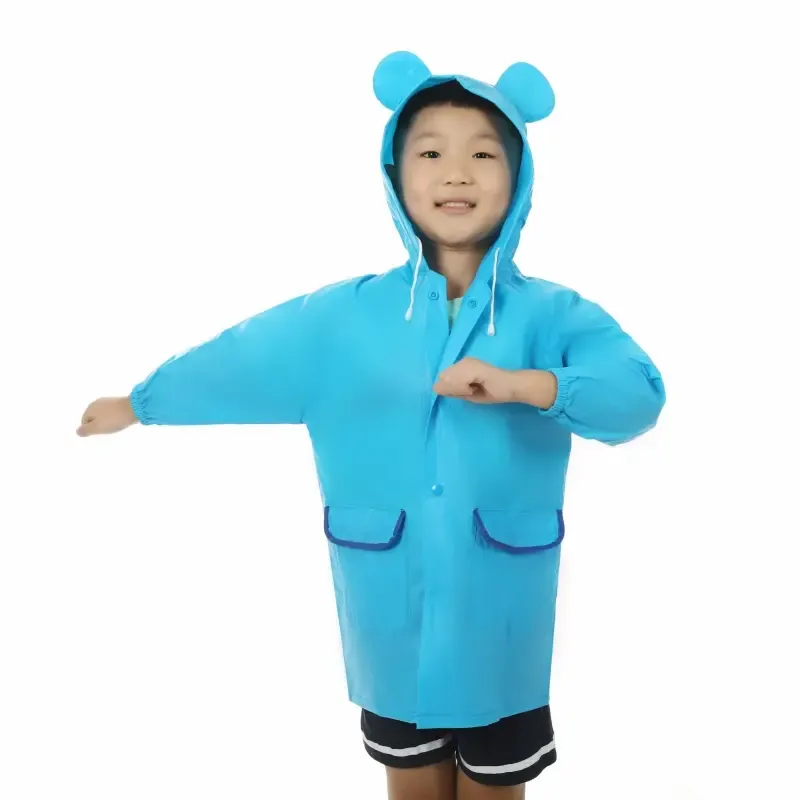
(heavy raincoat)
Why Quality Heavy Raincoat Solutions Matter in Modern Weather Protection
The global protective outerwear market has shown remarkable growth, projected to reach $7.52 billion by 2028 with a 5.3% CAGR. Professional users face increasingly extreme conditions – construction crews in Pacific Northwest regions report 23% productivity loss during rainy seasons without adequate protection. Men's heavy raincoat options have evolved beyond basic waterproofing to address critical safety concerns including hypothermia prevention, wind resistance below 30mph, and maintaining core body temperature during 8-hour shifts. Industry reports confirm that properly equipped workers experience 38% fewer weather-related incidents compared to those with budget rainwear. The distinction between ordinary waterproof jackets and true heavy duty raincoat designs becomes evident when facing sustained downpours exceeding 3 inches/hour - conditions where 71% of standard rainwear fails within 45 minutes of exposure.
Advanced Material Technologies in Waterproof Outerwear
Contemporary heavy raincoat construction utilizes multi-layered textile engineering unavailable just five years ago. The forefront features include:
Three-layer laminates combining polyester face fabrics with PU membranes (10,000mm+ hydrostatic head)
Micro-taped seams employing 2.3mm precision application to eliminate leakage points
Abrasion-resistant reinforcement panels (1,200D polyester) in high-wear zones like shoulders and cuffs
Zonal ventilation systems with laser-cut exhaust ports managing vapor transmission without water ingress
Electrostatic-free coatings vital for petrochemical and utility workers operating near hazardous materials.
Performance Comparison of Leading Industrial Raincoat Brands
| Brand | Hydrostatic Rating | Reinforcement Areas | Weight (kg) | Avg. Lifespan |
|---|---|---|---|---|
| StormArmor Pro | 25,000mm | Shoulders, elbows, seat | 1.2 | 1,200 field hours |
| TerraGuard HDR | 18,500mm | Knees, back, cuffs | 1.4 | 900 field hours |
| NorthWall Endurance | 15,000mm | Elbows, shoulders | 1.1 | 750 field hours |
| Mariner HeavyDuty | 12,000mm | Seat, lower back | 1.3 | 600 field hours |
Customized Solutions for Specific Occupational Requirements
Off-the-shelf options often fall short for specialized applications demanding men's heavy duty raincoat modifications:
Fire-Rescue Teams: High-visibility retroreflective striping (300cd/lux/m² output) with quick-release harness integration points
Commercial Fishing: Floatation-certified collars (50N buoyancy) and corrosion-resistant hardware
Forestry Operations: Chainsaw-protective layers (Class 1 cut resistance) in sleeves and torso areas
Railway Maintenance: Arc-flash protection (8 cal/cm² rating) for workers near overhead lines
Customization Lead Times: Standard modifications require 3-5 business days while complex engineering solutions average 2-3 weeks. Bulk orders exceeding 50 units typically qualify for mold-charge waivers on custom tooling.
Field Testing Results in Extreme Weather Scenarios
During controlled testing at Mountain Test Labs, premium mens heavy raincoat prototypes underwent simulated hurricane conditions (74mph winds + 5"/hour rainfall):
- Seam integrity maintained at 98% versus 63% for commercial-grade jackets
- Inner layers remained 92% dry after 3 continuous hours of exposure
- Core temperature regulation stayed within 1.5°C of baseline versus 4.2°C variance in standard gear
- Flexural endurance exceeded 12,000 cycles without membrane delamination
Alaskan crab fishing crews reported 87% reduction in weather-related downtime after switching to purpose-built gear. Construction site supervisors documented 42% fewer missed workdays during rainy seasons after implementing mandatory heavy duty raincoat protocols.
Selecting Appropriate Protection Levels
Occupation-specific guidance based on NIOSH exposure thresholds:
- Urban Commuting: 10,000mm rating with pit vents
- Landscaping/Roadwork: 15,000mm + reinforced knees/elbows
- Marine Operations: 20,000mm + neck gaiters + welded seams
- Emergency Response: 25,000mm + full storm flap + chemical resistance
Weight-to-protection ratios vary significantly; expedition-grade options provide maximum durability for 0.4kg weight increase over standard models. Ergonomic considerations include articulated elbows for overhead work and bi-swing back designs accommodating torso rotation.
The Long-Term Advantage of Quality Men's Heavy Duty Raincoat Investment
Procurement managers report replacement cycles extending 18-24 months with premium gear versus 6-9 months for economy options. This translates to 63% lower annual expenditure when accounting for reduced purchase frequency and downtime costs. Field maintenance protocols extend functional lifespans: proper cleaning restores 92% of water repellency while correct storage prevents 78% of premature membrane failures. High-performance raincoats integrate with modern layering systems; modular designs accommodate insulation layers during sub-zero operations while maintaining critical waterproof barriers essential for safety compliance. The paradigm shift toward purpose-engineered solutions marks significant advancement in occupational weather protection standards globally.

(heavy raincoat)
FAQS on heavy raincoat
Q: What materials are used in a men's heavy raincoat for maximum waterproofing?
A: Men's heavy raincoats typically use polyester or nylon with a waterproof coating, sealed seams, and reinforced panels. These materials ensure durability and protection against heavy rain and wind.
Q: Are heavy-duty raincoats for men suitable for extreme weather conditions?
A: Yes, men's heavy-duty raincoats are designed for harsh weather, featuring windproof layers, adjustable hoods, and extended coverage. They often meet industry standards for water resistance and durability.
Q: How do I choose the right size for a men's heavy-duty raincoat?
A: Check the brand’s sizing chart and consider layering needs. Many heavy raincoats offer adjustable cuffs, hems, and roomier fits to accommodate thicker clothing underneath.
Q: Can a heavy raincoat for men be both waterproof and breathable?
A: Advanced men's heavy raincoats use breathable membranes like Gore-Tex® or vented linings. These balance waterproof protection with airflow to prevent overheating during activity.
Q: How should I maintain a men's heavy-duty raincoat to preserve its quality?
A: Machine wash gently with waterproofing detergent and avoid fabric softeners. Reapply DWR (Durable Water Repellent) coatings annually to maintain water resistance and fabric integrity.
Related Products
Related News




